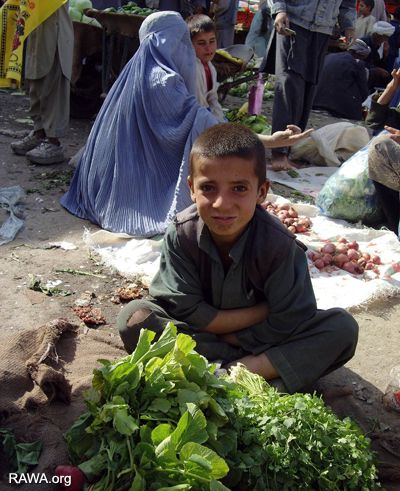Another week has just begun and today we have our weekly blog post from our Get Educated, One Topic At A Time blog series. This week learn about rural development in today’s world, including the benefits and challenges it introduces to areas around the world in rural areas with the need for development for a brighter future. Check out our other blog posts in the series, including: “Creating A Road To Democracy”, “A Historical Moment For Genocide”, “Two Sides To Invest”, “An Undefined Grasp Of Failure”, “A Necessary Priority” and “A Reform For The World”. Check back next Monday for a new post on a whole new topic to ‘get educated’ on!

 Approximately 1.7 billion people live in absolute poverty today. According to the World Bank, about 75% of the world’s poorest live in rural areas. Rural development is an important international step, not only to reduce poverty, but also to ensure food security and foster agricultural growth worldwide.
Approximately 1.7 billion people live in absolute poverty today. According to the World Bank, about 75% of the world’s poorest live in rural areas. Rural development is an important international step, not only to reduce poverty, but also to ensure food security and foster agricultural growth worldwide.
The World Bank defines rural development as “improving the living standards of the low-income population residing in rural areas and making the process of their development self-sustaining.” This definition is driven by concerns over the increasing of rural poverty and the increased focus on improving the socioeconomic well-being of the poor through sustainable improvements. However, rural development faces structural problems such as proper transportation of food, lack of physical and social infrastructure, and underemployment in the rural workforce. This impedes growth, development, and poverty reduction in rural areas.
 In 1990, the World Bank adopted an economic strategy of “poverty reducing growth” that created opportunities to earn income and improve services for the poor. This leads to a diversity of local services that will in turn lead to “balanced and sustainable rural economic growth and food security.” There is also a need to promote equal opportunity for competition, by favoring small enterprise over large, urban-based enterprise and to concentrate on rural communities.
In 1990, the World Bank adopted an economic strategy of “poverty reducing growth” that created opportunities to earn income and improve services for the poor. This leads to a diversity of local services that will in turn lead to “balanced and sustainable rural economic growth and food security.” There is also a need to promote equal opportunity for competition, by favoring small enterprise over large, urban-based enterprise and to concentrate on rural communities.

Rural women and children are significantly affected by poverty. In developing countries, women make up about 43% of the agriculture labour force. They work as wage labourers, sell produce, and participate in small-scale trading. In developing countries such as Africa, Asia and the Pacific, women work an average of 12 more hours each week than men. However, women are held back by low education, unequal property right laws and limited access to resources. Rural children are affected by child labour. 70% of all child labour in the world, which is equal to about 150 million children, takes place in agriculture. Child labour is often difficult to track or underreported and there is no clear defined difference between child labour and children working to help their families. It is also difficult to directly challenge and eliminate when children make up about one-third of the agriculture work force. Thus, policies attempt to improve overall working conditions and reduce safety hazards, as well as improve access to education for children. Nevertheless, the main root of child labour lies in rural poverty.
 Currently, changes in agricultural markets are providing new opportunities for smallholder farmers to improve their productivity, especially in developing countries. But, the 2011 Rural Poverty Report of the IFAD says that there still remains “an urgent need…to invest more and better in agriculture and rural areas.” International actions by the World Bank, the International Labour Organization and the UN Millennium Development Goals stress the challenges in rural development, but also provide frameworks to increase rural employment and smallholder agriculture and reiterate the goal of halving the number of people suffering from extreme poverty and hunger by 2015.
Currently, changes in agricultural markets are providing new opportunities for smallholder farmers to improve their productivity, especially in developing countries. But, the 2011 Rural Poverty Report of the IFAD says that there still remains “an urgent need…to invest more and better in agriculture and rural areas.” International actions by the World Bank, the International Labour Organization and the UN Millennium Development Goals stress the challenges in rural development, but also provide frameworks to increase rural employment and smallholder agriculture and reiterate the goal of halving the number of people suffering from extreme poverty and hunger by 2015.
-Yun-Hee